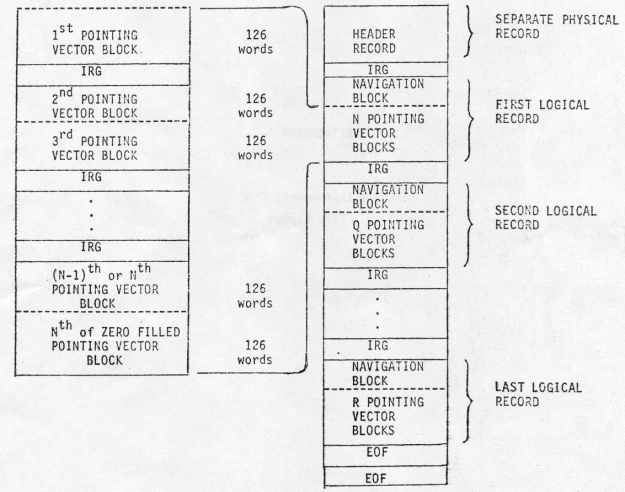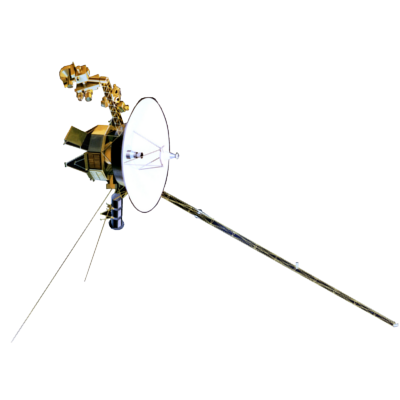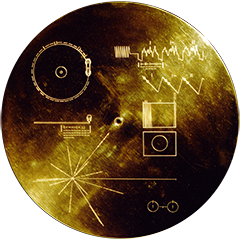Voyager LECP Data Analysis Handbook
Data File Descriptions
Supplementary EDR
Attachment A
Fixed Instrument SEDR File Layout
The following SEDR file (tape) layout represents the common file structure that will be supplied to fixed instrument Principal Investigators (PIs) of the Voyager mission.

Each logical record will contain one navigation data block (one set of navigation data effective at a particular time) and all pointing vector data blocks associated with it. This association is determined by time such that the times of the pointing vector blocks in any logical record are closer to that logical record's navigation block time than any other navigation block time on the SEDR. The following figure illustrates how SEDR logical records would be formed given an arbitrary set of navigation and pointing vector times. Note that the navigation block is always the first data in the logical record even though some of the pointing vector blocks may have earlier times. However, the navigation and pointing vector blocks taken as individual sets will always be in increasing time order.
| Navigation | . | . | . | . |
| Pointing Vector | . . . . | . . . . . . | . . . |
. |
| Time ---> | first logical record |
second logical record |
third logical record |
fourth logical record |
Each logical record will be composed of an integral number of physical records. Also, each physical record will contain an integral number of 126 word logical blocks. The number of these blocks for each physical record will be determined from the size of the navigation data block and one pointing vector block. For launch, cruise, and Saturn encounter, the navigation data block occupies one logical block while the Jupiter encounter navigation block requires two logical blocks. The pointing vector block is mission phase independent and always occupies one logical block. Therefore, the physical record size for launch, cruise, and Saturn encounter is 2 logical blocks or 252 words while Jupiter encounter requires 3 logical blocks or 378 words. When multiple pointing vector blocks exist in a logical record, these data are filled into as many additional physical records as are required to contain the logical record. Each pointing vector block will contain a continuation bit which indicates if that pointing vector block is the last block in the logical record. If the last physical record is not evenly filled with pointing vector blocks, the remainder of the record will be zero filled. The lefthand portion of the file format presented at the start of this attachment illustrates the physical record-logical record structure/relationship for the launch, cruise, or Saturn encounter format. The Jupiter encounter format would be similar except that the physical records would contain three 126 word blocks instead of two.
Return to SEDR Table of Contents
Return to Data File Descriptions main page.
Return to Voyager
LECP Data Analysis Handbook Table of Contents.
Return to Fundamental
Technologies Home Page.
Updated 8/9/19, Cameron Crane
VOYAGER 1 ELAPSED TIME
*Since official launch
September 5, 1977, 12:56:00:00 UTC
VOYAGER 2 ELAPSED TIME
*Since official launch
August 20, 1977, 14:29:00:00 UTC
QUICK FACTS
Mission Duration: 40+ years have elapsed for both Voyager 1 and Voyager 2 (both are ongoing).
Destination: Their original destinations were Saturn and Jupiter. Their current destination is interstellar space.



